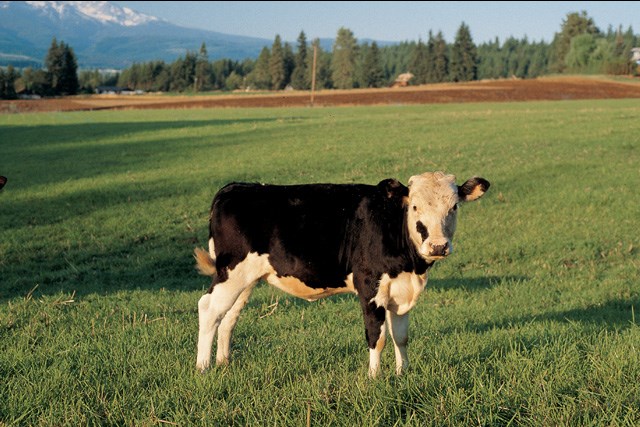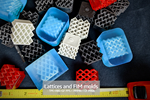Is Your Shop Farming or Hunting?
Decoupling your company’s R&D and product development from its manufacturing can help keep your new project pipeline full.
Glen Mason, whose childhood memories include his dad using the kitchen stove to dry nylon he would subsequently mold in the garage, estimates that he made his first molded part at age 7. In 1974, his dad would found CF Plastics in Hillsboro, Ore., with Mason taking over in 1993. CF Plastics became a vendor for DeMarini Sports in 1996. In 2000, Wilson Sporting Goods acquired DeMarini, and then in 2019, Wilson acquired CF Plastics, when DeMarini consolidated all the design and molding operations into its Hillsboro bat manufacturing center.
Mason stayed on and his current role of advanced innovation and industrialization manager, paired with decades of injection molding experience, gives him a unique perspective on the tension that can exist between a company’s R&D efforts and its day-to-day production. A tension he describes with a vivid analogy.
“You need to separate the idea of hunting and farming,” Mason says, where “hunting” is R&D or new product development and “farming” is ongoing production of already established projects. “Both have same output: food. Farming is what people do in production. They want to control the inputs and the outputs and get good at scale. Hunting is R&D. You don’t know what you’re going to find.”
Where companies can get in trouble is when they try to apply a farming philosophy to hunting, or vice versa. “Some people try to use the farm system to develop new technology,” Mason says. “Farming is one thing, but with hunting, the skill set is so different. You’re not controlling the inputs; you’re waiting to be surprised; and you’re just doing things, hoping for good outcomes.”
Ultimately, and often regardless of those outcomes, Mason acknowledges that R&D tends to lose out to production: “hunters always get beat by farmers because the farmers are paying the bills.”
To boost his company’s “hunting” efforts, Mason has been investigating various rapid prototyping and manufacturing technologies, including work with AddiFab’s Freeform Injection Molding (FIM) technology (read more about that soon). All of this to add end-to-end speed to his company’s R&D efforts.
“Speed is the most valuable thing I can develop,” Mason says. “If you look at industry, you see a lot of inertia, you see a lot of, ‘Let’s keep farming.’ I’m not sure that going to be as relevant as time goes on.”
That speed and agility have allowed the company to also support multiple outside customers that see the value in its manufacturing philosophy, capability, and intellectual property, according to Mason.

Make your shop about hunting and farming.
Related Content
-
Back to Basics on Mold Venting (Part 2: Shape, Dimensions, Details)
Here’s how to get the most out of your stationary mold vents.
-
Using Data to Pinpoint Cosmetic Defect Causes in Injection Molded Parts
Taking a step back and identifying the root cause of a cosmetic flaw can help molders focus on what corrective actions need to be taken.
-
Got Streaks or Black Specs? Here’s How to Find and Fix Them
Determining the source of streaking or contamination in your molded parts is a critical step in perfecting your purging procedures ultimately saving you time and money.
















